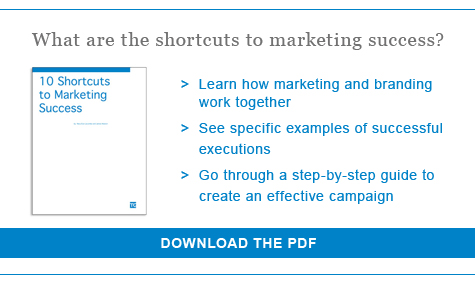Objections are always there. Dealing with them is basic to the sales process. For a new offering that does not have the benefit of any existing crowd support mechanism (i.e. “everybody else is doing it”), understanding your prospect’s key objections is of paramount importance.
I was in a marketing planning meeting with a new nonprofit charity last week. They “sell” an unfamiliar product. We were hired to help drive traffic to their website and in so doing allow them to “sell” more.
Toward the beginning of the meeting, I mentioned that I thought our job was to “understand and overcome your prospects’ key objections.” This was met with mostly blank stares. They were thinking: “I thought we hired you to drive traffic to our website so we can raise more money?”
They did not say this out loud, but they clearly did not understand why I was talking about objections. My questions to them focused on what really happens when a NEW prospect gets to their website.
For a new offering that does not have the benefit of any existing crowd support mechanism, understanding your prospect’s key objections is of paramount importance.
The questioning revealed that indeed the website is doing okay at helping those who already understand what to do, but it is not working for those coming to it for the first time. The website is primarily servicing only those who have already been convinced to take action and who were coming there to take action because that is the method being made available to them. So they are coming to the site just to process their intended transactions with the organization, but what the organization wants and needs is for the site to be able to convince those who come to the site undecided that they should take action.

By the end of the meeting, they understood and agreed that the first task was to deal with the objections of those who come to the site undecided or tentatively considering action. Making the site easy for those already primed to give is an important consideration as well, but since what they want to do is increase the site’s capacity for conversion, the former group is where a good deal of their growth potential resides.
Getting the horse to come to the water is easy. Then comes the making him drink part. That’s MUCH, MUCH harder.
Not to overstate the obvious, but anticipating and understanding what your prospects’ objections are is a key component of any effective strategy for sales, and online sales conversion is no different. The first step is knowing who your prospects are—their age, gender, online behavior, why they buy, what earns their trust. Does your online brand communicate your true value? Does it help inspire trust? Does it begin to do this even before prospects are able to fully formulate their objections? The actual objections for any given product or service will vary case by case depending on the exact nature of the offering, so the tools for addressing objections certainly vary, but some very basic examples are:
- illustration or demonstration that others are doing it: “If others are doing it…” (This is something bigger brands have in spades and unknown brands really have to work at.)
- client lists: “If they have IBM as a client, they must know what they are doing…” (This is the business version of the first item.)
- press citations: “If the press knows about them and is saying good things, that must mean that what they promise is true.” (This is very important for this client in its function as a public charity.)
- real, unsolicited third party testimonials: “If these people are willing to vouch for this without having been asked, it stands to reason that their claims are likely to be true.” (If done honestly and well, this can be the most effective of all of the above.)
This last point really deserves its own full post. It turns out that online consumer opinion—along with brand websites—are the second most trusted source of information that people use when evaluating a product or service. (See page 3 of the Nielsen report below.) The only thing people trust more are the direct recommendations of their family and friends.
Once the key objections are answered, you can proceed to the features and benefits, or how you will fulfill your key promise, but that too is another post.
Nielsen Trust and Advertising Global Report July09
Click below to sign up for our mailing list and get access to our library of downloadable guides, including the following:
Image credit: Horse drinking at Quy Water by Bob Jones, used under CC BY-SA 2.0



Ask for help.
We are kind, thorough and ready when you are. You just need to ask.